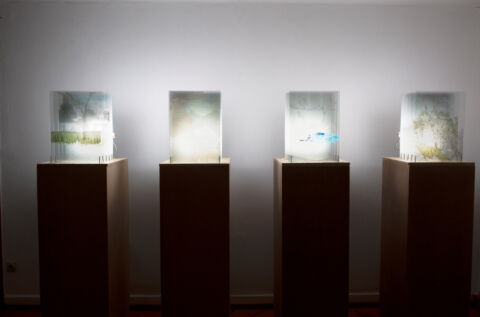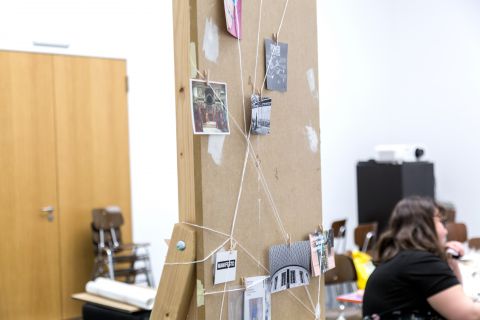Realize your project.
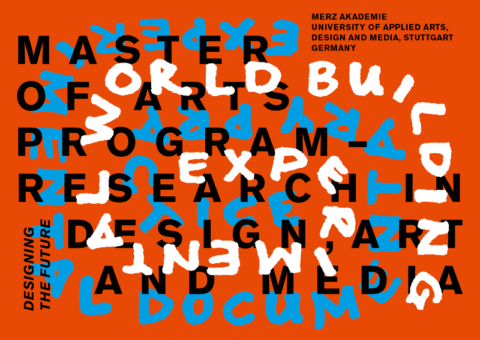
Realize your project.

The Master of Arts program Research in Design, Art and Media – Designing the Future offers you considerable freedom in the structuring of your studies and the media you choose to create your project.
Amidst catastrophic wars, the rise of authoritarianism, global inequalities and instabilities, and the devastating effects of climate change, but also the challenges of a continually changing mediascape, especially the rapid growth of AI, we look towards art and design as models of human activity that can help us to create new terms of engagement for working, thinking, and living together.
The transdisciplinary Master’s degree program Research in Design, Art and Media – Designing the Future enables you to realize an individual project.
Under close individual supervision, you will develop project over the course of the whole study program, benefiting from synergies within a diverse group of students while acquiring and deepening your practical skills at the Merz Akademie’s numerous labs (virtual reality, sound studio, green box/video and media lab, screen printing, photo studio, print/scan lab, bookbinding, etc.).
From application to graduation, the program focuses predominantly on the individual project and its intellectual and artistic background, enabling you both to further develop and sharpen your knowledge and skills while at the same time realizing a major project that will serve as a springboard for your future career.
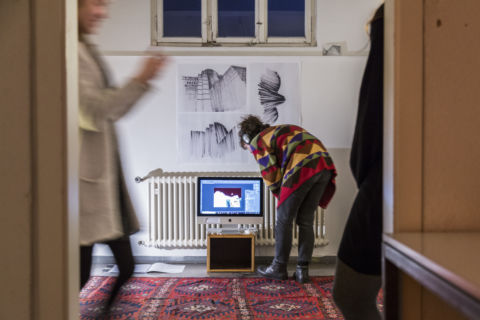
The study program works between on the one hand the notion of “Experimental World Building” and on the other hand “Experimental Documentary Practice”. This distinction is to be understood both in practical and in philosophical terms, thinking both about the media, tools, and processes that underline students’ practice while at the same time posing theoretical questions about our relationship to the world. While the division is used to group students and professors according to their specializations and practice, negotiating the fluidity of distinctions between “world building” and “documentary practice” becomes an integral part of the study program.
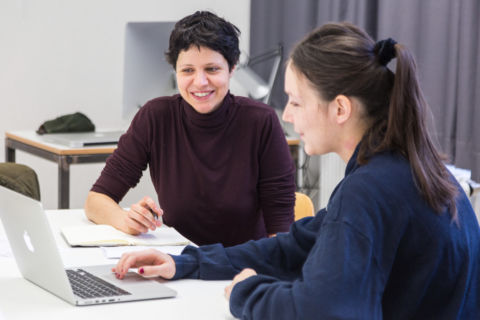
You have:
You can expect:
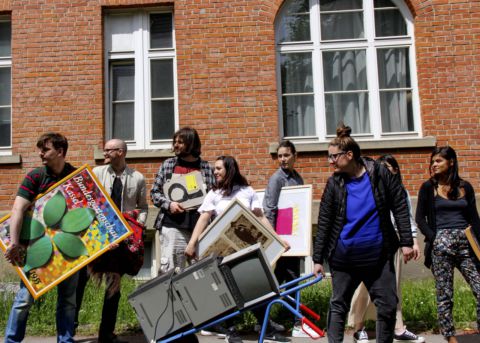
Find out more about the Master’s specialisations:
